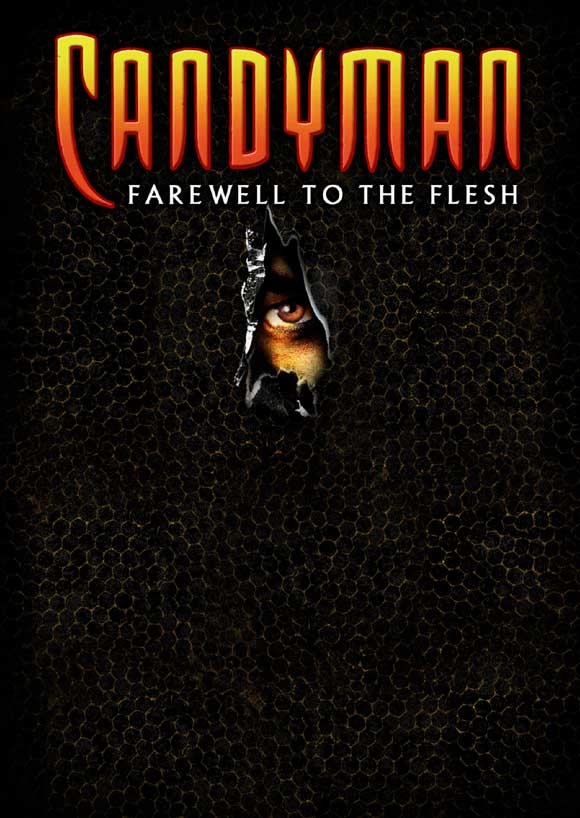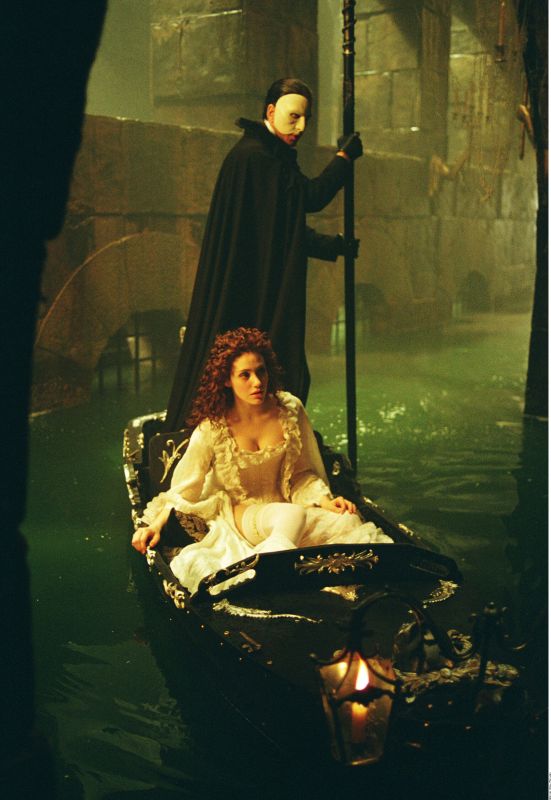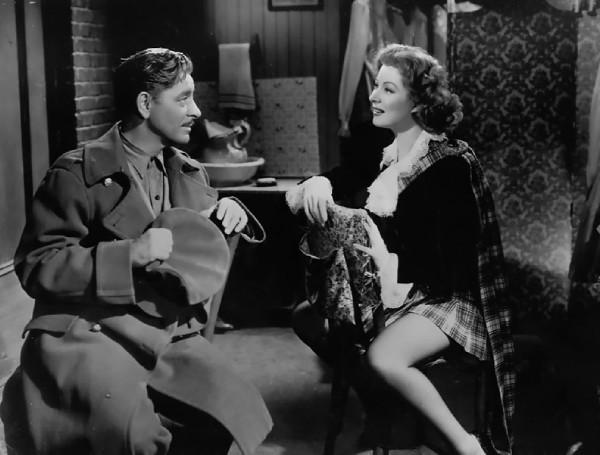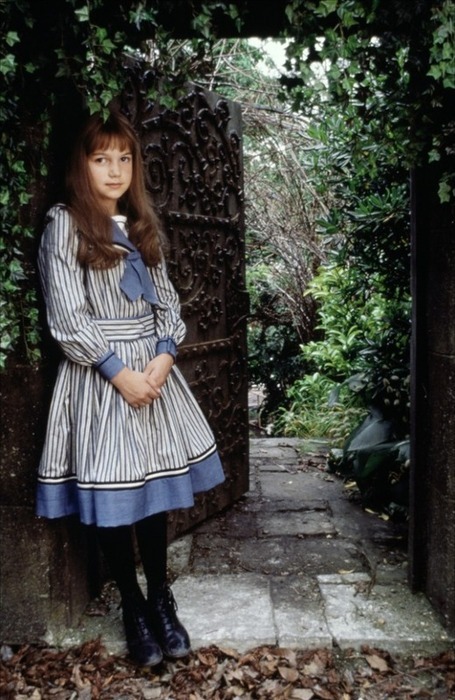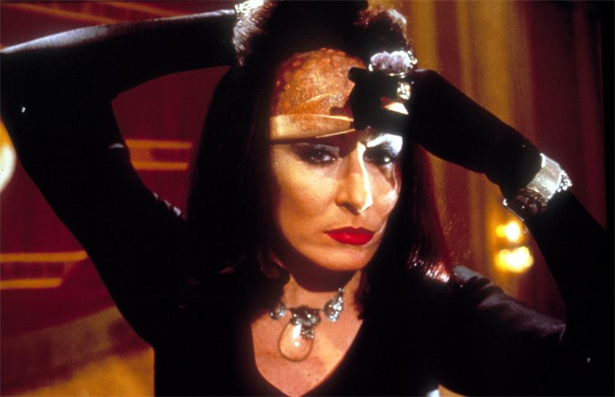In keeping with my promise to accept any requests that
come my way, this week I’ll be honoring a request from our own Film Junkie, who
asked that I review a Disney princess movie. At first this seemed like an easy
enough request, until I realized how difficult it would be to pick which
princess film to review. Growing up, my favorite Disney princess was always
Belle, and I loved Beauty and the Beast
so much that I managed to drag my family to see it a total of eight times when it was in theaters (now
that’s true love!). Because Beauty and
the Beast, and many of the more recent princess films were debuted during the
1980’s and 1990’s, however, my generation grew up with the characters in those films,
which has led to a firestorm of analysis written by critics and bloggers on
those films. As a result of their iconic status, it was difficult to find
something to say about a princess film that hasn’t already been said in
countless ways already. In order to add a personal touch to my review, I
started focusing on Disney’s earlier films, which are often lost amongst the
long list of Disney’s more recent efforts. I finally settled on a film that
always fascinated me as a child, but also left me with a sense that I was
missing the greater meaning behind the story; Sleeping Beauty.
 |
| I'd like to see Angelina do that! |
The familiar plot follows the fairy tale that it is
based upon with King Stefan (Taylor Holmes) and his queen celebrating the birth of their
daughter, Aurora (Mary Costa), after years of struggling to have a child. The entire kingdom
is invited to the princess’ christening, which is interrupted by the unexpected
arrival of the wicked fairy, Maleficent (Eleanor Audley). Furious that she was not invited to
the event, Maleficent curses the child, casting a spell which states says that if
Aurora pricks her finger on a spinning wheel by sunset on her sixteenth
birthday she will die instantly. Fortunately, three good fairies who were chosen
to be the princess’ fairy godmothers (Verna Felton and Barbara Jo Allen) are also present and plucky fairy
Merryweather (Barbara Luddy) bestows an invaluable gift by altering the spell. After
Merryweather’s intervention, the spell instead says that a spindle’s prick will
make Aurora fall into a deep sleep rather than die, but that she can only be
awoken from that sleep by true love’s kiss. Terrified for their daughter’s
safety, the king and queen order every spinning wheel in the kingdom burned and
ban the manufacturing of new ones. Even after their decree, however, the king
and queen still fear Maleficent’s curse and send Aurora away to be raised by
the good fairies. Sixteen years pass and Aurora, now living under the alias of
peasant girl Briar Rose, has grown into a beautiful young woman. As ‘Rose’s’
birthday approaches the fairies celebrate their impending victory over Maleficent’s
curse, only to find that their adopted daughter has no interest in returning to
her former life. After years of being raised to live a simple life with her
godmothers, Aurora is in no way prepared for the shock of learning that she is
a princess and bound to the duties of her position. Making matters even more
difficult, she has begun a romance with a ‘peasant boy’, unaware that he is
actually Prince Phillip (Bill Shirley), to whom she has been betrothed since birth.
Disillusioned by her godmothers’ lies and the belief that she can never see her
sweetheart again, Aurora lashes out, leaving herself perfect prey for the
temptation of Maleficent’s cunning deceit.
This is truly one of Disney’s most unique films in
that the company adhered to the traditions of the origin and time period in
which the story is set. While Disney’s other princesses are designed to fit the
fashion, musical, and social trends of the eras in which their films are
released, Aurora and the rest of the cast were instead based upon the trends of
the medieval era in which their story takes place. As a result, the film’s
animation gorgeously recreates the effect of a medieval tapestry, which further
reinforces the idea that the tale is a storybook brought to life. The singing
in this film is also uncharacteristically limited as Disney’s staff relied upon
the iconic score of Tchaikovsky’s 1890 ballet of the same name. Through the use
of the ballet score, the story retains a sense of timelessness without
overwhelming the story and dialogue. There are only three songs that are
actually song by characters (with several instances of an off-screen chorus) throughout
the film, which is a distinct departure from the Broadway standard that is
applied to most other Disney films. Two of those songs are beautifully
sung by Aurora and serve to provide insight into her character that the
audience missed during those years in her life that the script skipped over.
While the lyrics are not terribly complex, they do reveal that she is a dreamy
girl who is lonely for the company of people her own age and that she has begun
to experience her first yearnings for romance. This limited insight proves
surprisingly crucial to the audience when she rebels against the fairies after
they forbid her to see the ‘peasant boy’ later in the film. The third song is
the oddly placed requisite Disney drinking song (remember ‘Pink Elephants’ and ‘Gaston’?),
‘Skumps’, which fails to propel the plot forward, but does provide memorable comic
relief. The film also contains some of the most unique action scenes in the
Disney canon courtesy of Philip’s battle against the shape-shifting Maleficent.
While there are many things to admire in Sleeping Beauty, there is also a very
distinct flaw; the film’s lack of emphasis upon its central couple. The three
good fairies are each given distinct personalities complete with strengths and weaknesses,
despite their common magical powers and shared goal. Similarly, Philip and Aurora’s fathers, King
Stefan and King Hubert (Bill Thompson), are both lovable and have a believable friendship, with
King Stefan playing the level-headed straight man to King Hubert’s short-fused and
bombastic comedy. Maleficent is also one of the few Disney villains to be
portrayed as truly evil and without any redeeming qualities. Despite her lack
of likability, however, Maleficent is immensely watchable through her equally
expressive animation and voice acting and consistently witty dialogue.
 |
| All the family a girl could need |
In the midst of such well-developed characters, Aurora
and Philip come across as underwritten and generic. While Philip’s changing
facial expression was a first for a Disney prince, he lacks the dimension of
later princes and his ‘knight in shining armor’ characterization leaves him
devoid of any quirks or flaws that would make him stand out. Similarly, there
is no denying that Aurora is grossly underwritten, with the only title
character of a film with less lines being the mute Dumbo. The only explanation
for such negligent characterization would be if the film is not meant to focus
on Aurora despite her role as the title heroine. Upon closer observation, it
becomes obvious that all of the central action is between the four fairies, with
the kings reduced to mere comic relief and Aurora and Philip standing in as
plot devices.
This begs the question of why the story’s focus remains upon
Aurora’s godmothers and the looming presence of their enemy, Maleficent. My
theory is that the central struggle of the story is not Aurora and Philip’s
journey to love, but instead the classical battle between good and evil. In
many ways, the story could be viewed as a fairy tale take on Faust and its
modern interpretations (The Devil and
Daniel Webster, Cabin in the Cotton, Bedazzled, Don’t Tempt Me), in which the
devil battles with the agents of heaven for ownership of the soul of a mortal.
While such morality tales may seem to have little to do with Sleeping Beauty, closer observation
reveals the many clues that Disney scattered throughout the film. The first is the
fact that Maleficent’s role as a ‘wicked’ or rogue fairy mirrors the backstory
that the Bible provides for Lucifer as a renegade angel who was damned to Hell
for trying to replace God. Maleficent’s design reinforces this notion with her
Satanic horns, flowing black robes, deathly pallor, and vampire-esque ability to disappear
and reappear at will. Her minions also appear to be based upon illustrations of
the demons of hell, which is further emphasized by her line that by opposing
her Philip will face “me and all the powers of Hell”. Beyond her appearance, Maleficent consistently
refers to herself as the “mistress of all evil” and takes an obvious delight in
causing pain and misery in those around her. Although Maleficent states that
she curses Aurora as an act of vengeance for some slight on King Stefan’s part,
a revenge arc doesn’t align with the rest of the story as she would have
attained her revenge just as adequately if she allowed Aurora to return to her
parents a grown woman who is a complete stranger to them. Therefore, her malicious activities hold no real motive unless Aurora's death were to provide a direct benefit to Maleficent. Despite her despicable behavior, however, Maleficent also possesses a devilish charisma which has made her a fan favorite for
generations. She uses this charm to tempt Aurora when she is at her most
vulnerable and hypnotize her into pricking her hand on the spinning wheel. This
scene plays out much in the same way as Eve’s fall in Genesis with Maleficent
fulfilling the role of the serpent by tempting a heroine who has lost her trust
in the loving guidance of those around her with a seemingly ordinary object. When
the princess pricks her finger she does so by her own action in a
pseudo-suicide, which directly results in her falling victim to the sleeping
spell. Under the influence of the spell, she is forced to languish in eternal
sleep that performs the same function as purgatory, which suicide victims were
traditionally said to be banished to, as she helplessly waits in limbo until
her soul gains redemption. The final clue arrives at the film’s conclusion when
Philip finally releases Aurora from her sleep and the couple celebrate their
impending marriage by dancing as the ballroom slowly fades away and is replaced
by clouds as both prince and princess have earned their place in heaven. Beyond
the plot, Disney also strategically places other biblical references throughout
the script including Philip’s horse, Samson, sharing the name of a biblical hero, and Philip arming himself against Maleficent’s dark powers with a ‘sword of truth’ and a ‘shield of virtue’, two traits consistently referred to as weapons against the vice represented by the devil. Another key detail is that of all the days that Maleficent could curse Aurora she chooses to do so on the day of the child's christening; a religious ceremony in which a child is cleansed of original sin, If you follow this theory, the lack of
emphasis upon Aurora and Philip makes perfect sense as they are not the central
players that the title leads us to believe, but actually pawns in a battle
between celestial forces that they hold no control over.
 |
| The most chemistry these two show...is when she's unconscious |
While it may not be one of the most progressive or
popular Disney princess films, Sleeping
Beauty is certainly one of the studio’s
most unique. Through its timeless music and animation the film manages to
transport viewers to another time and place where we are able to believe in
magic and the power of true love. It’s excellent supporting characters provide
enough entertainment to almost make up for the lack of development of the two
leads and the subtext of the story adds a darkness that rivals its recent
live-action spin-off, Maleficent. For
childhood nostalgia with a dark streak, or a chance to revisit the fantasies we
all had once upon a dream, I highly recommend Sleeping Beauty.

